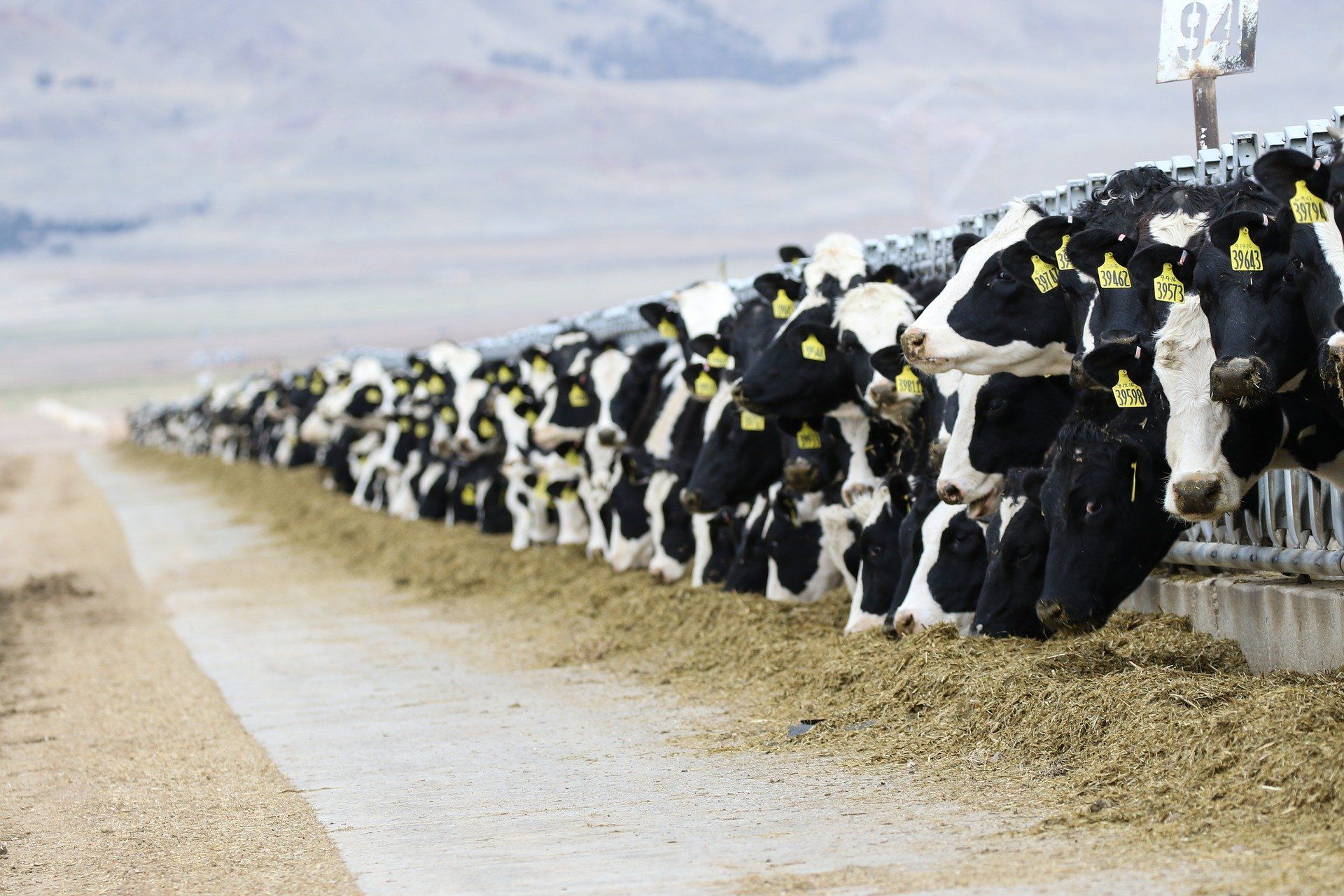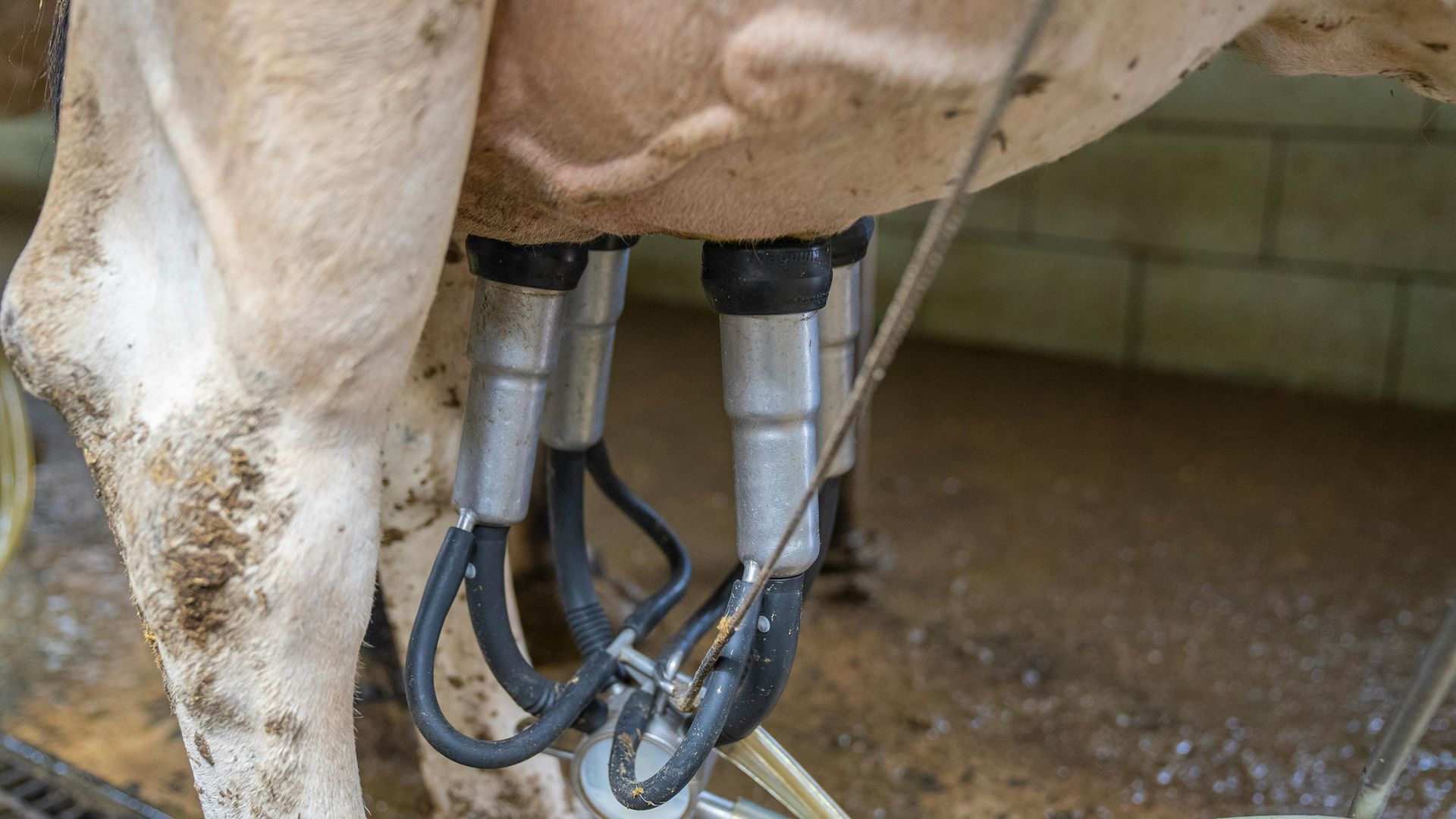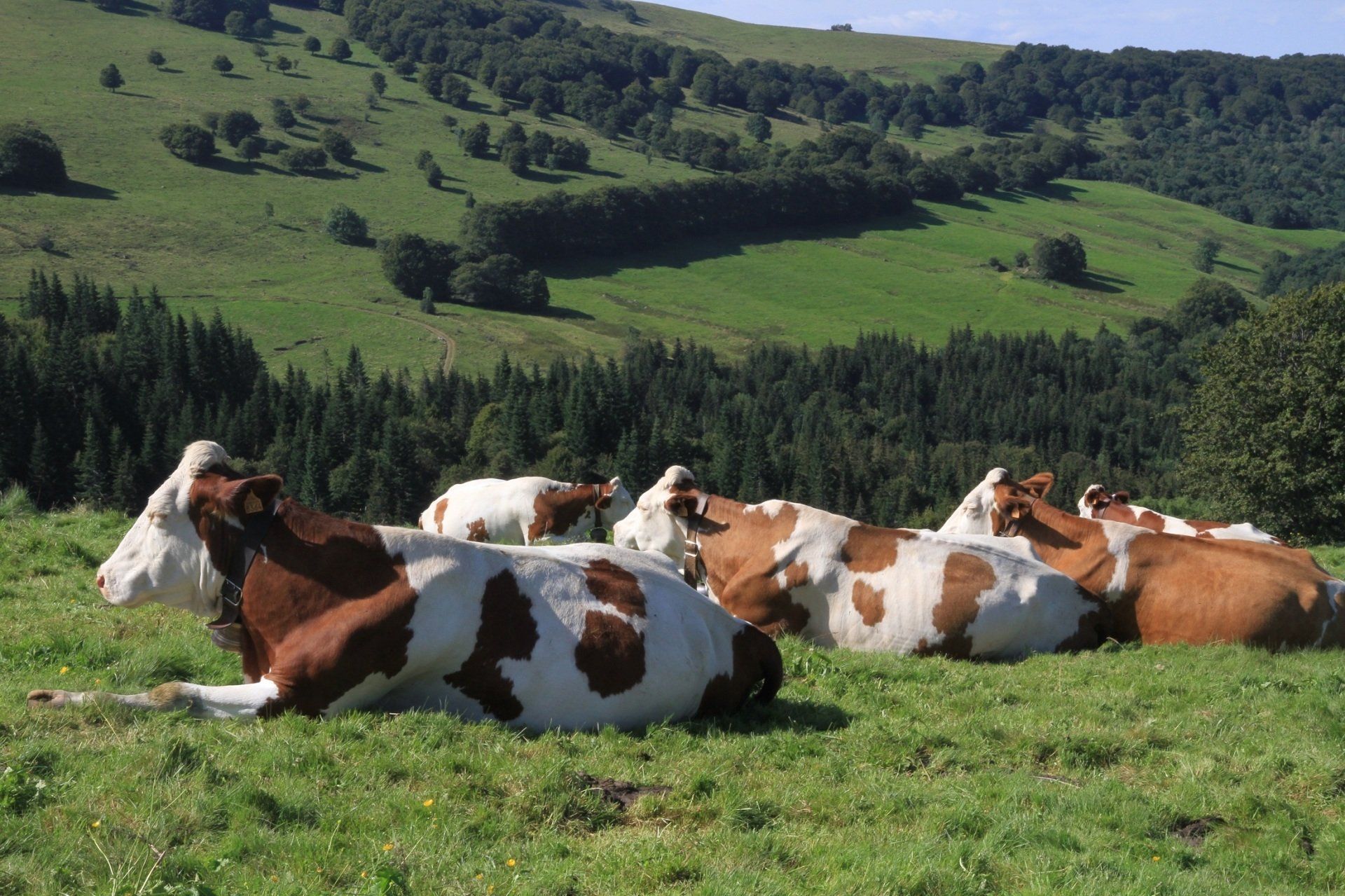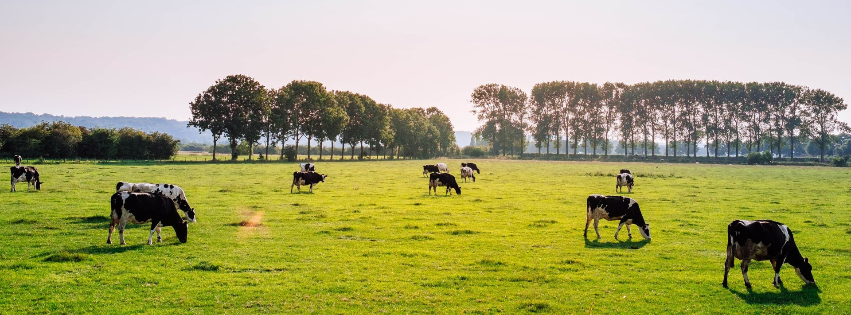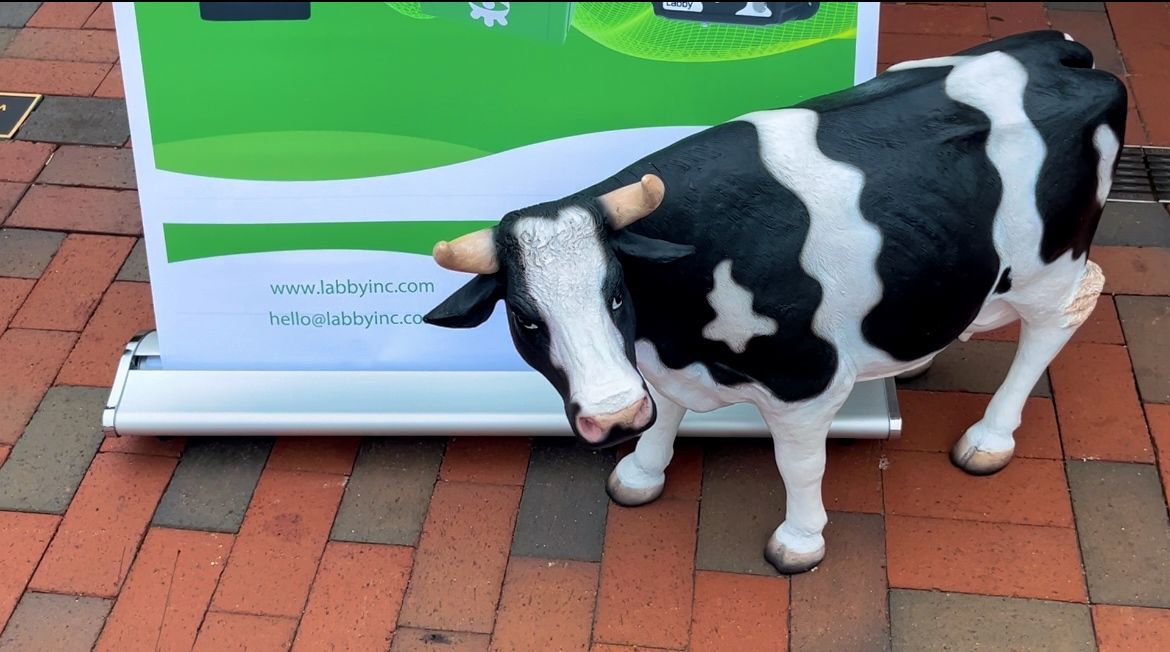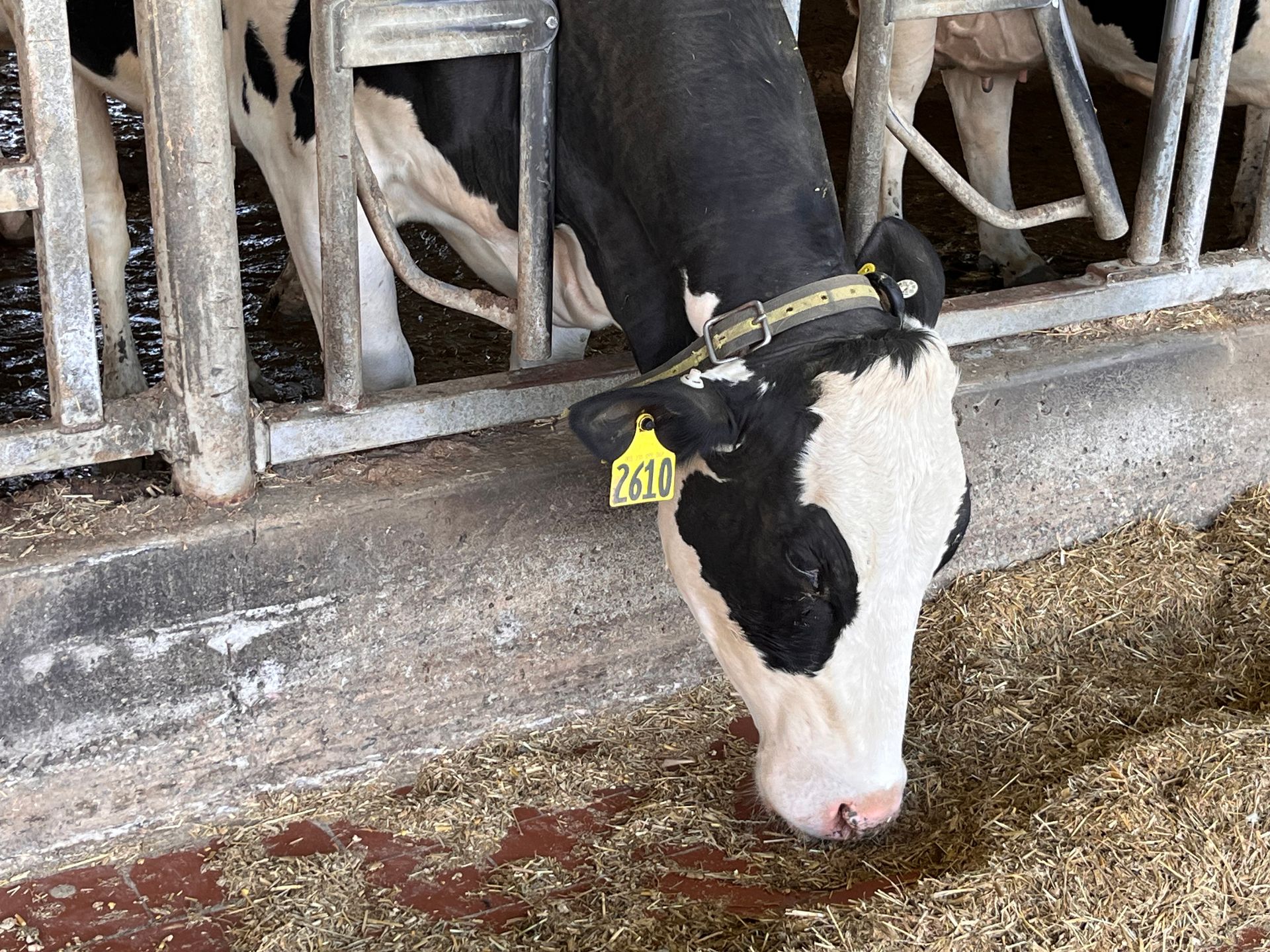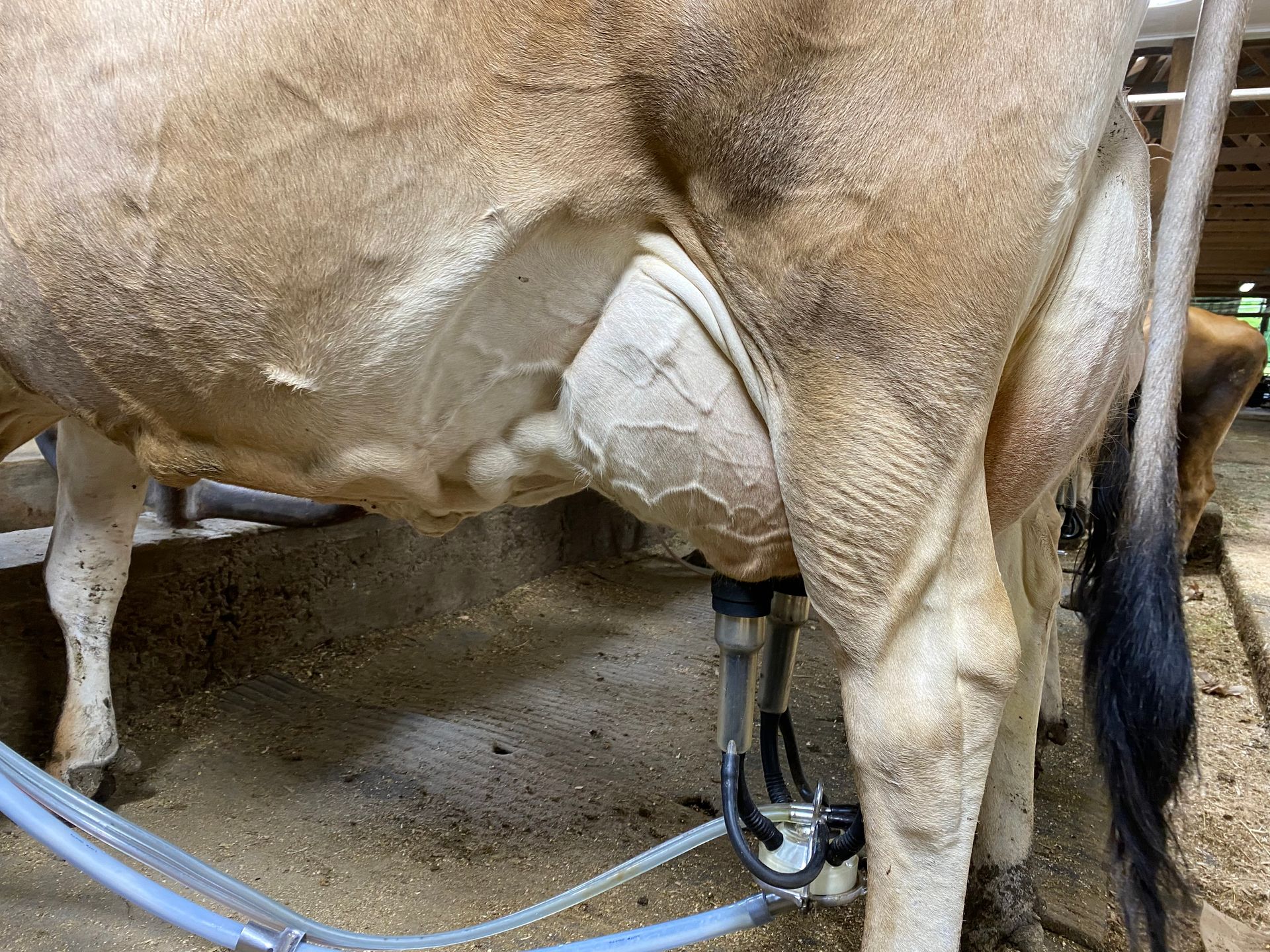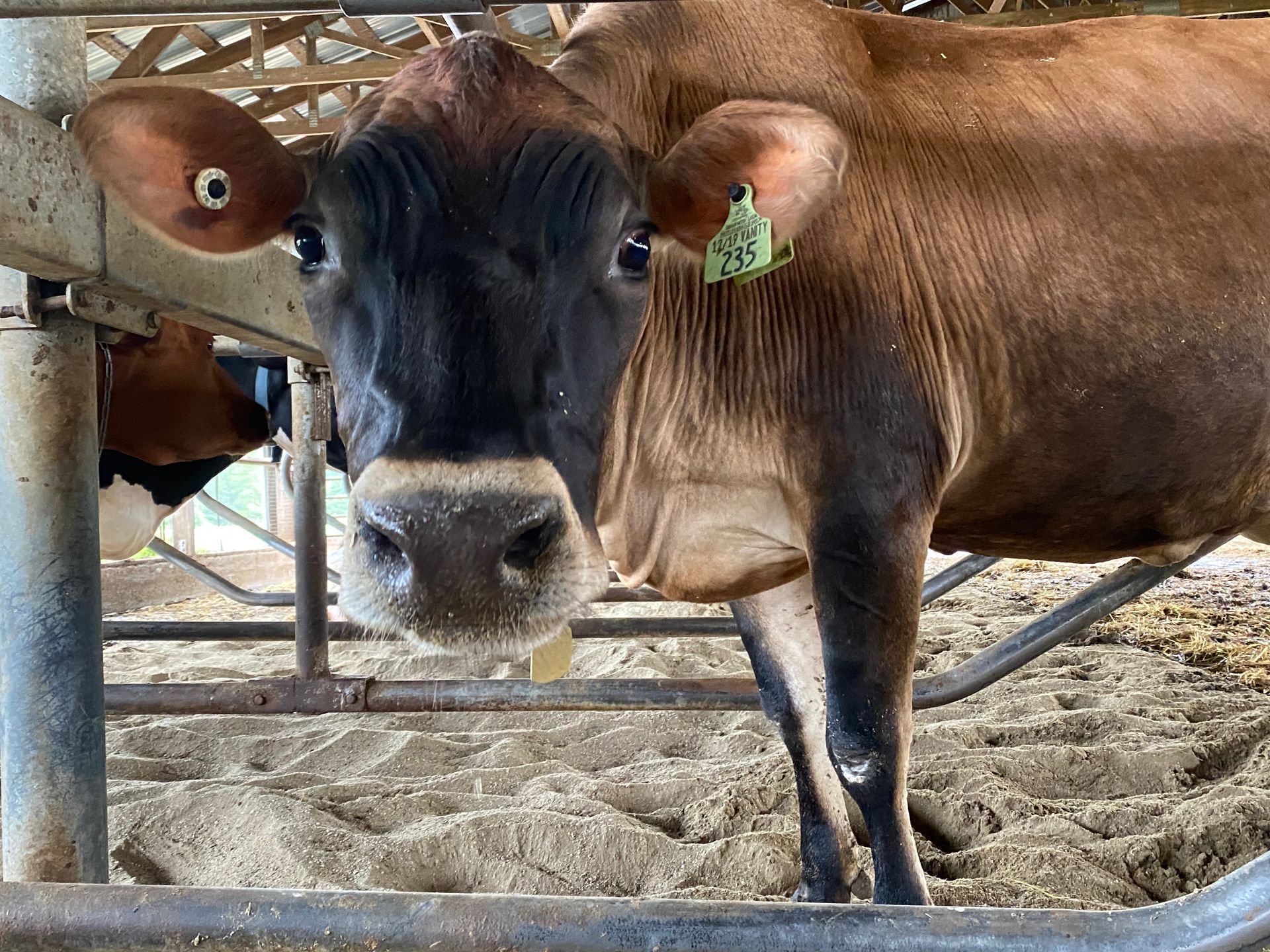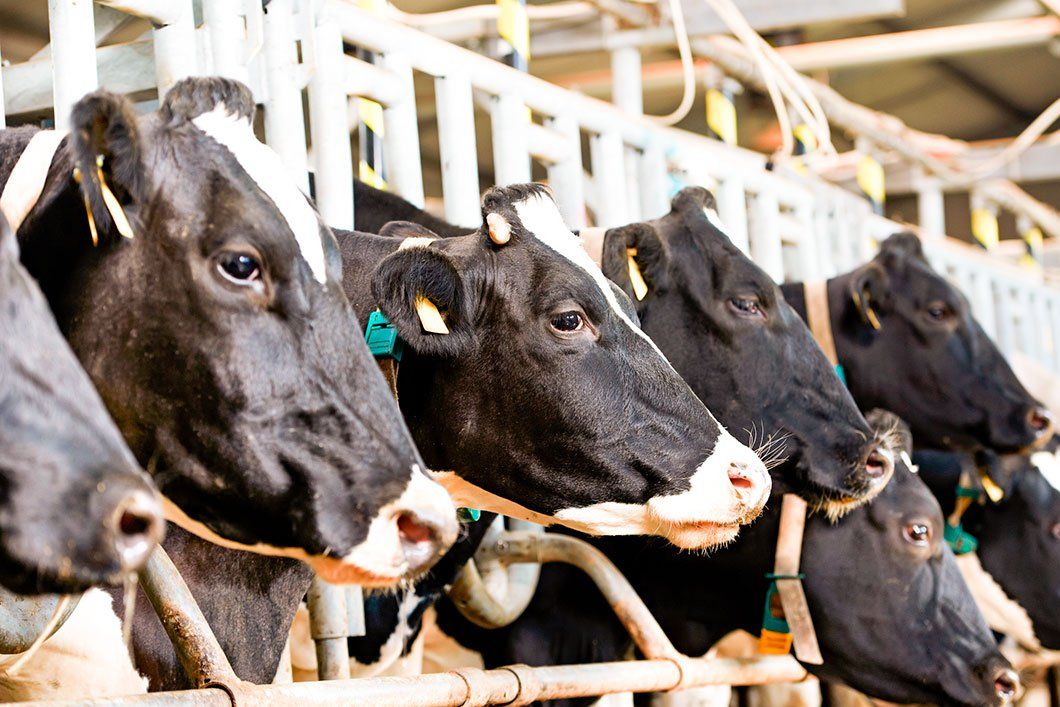M
Mastitis Maintenance in your Herd
The only certainty when working on a dairy farm is that at some point you will be treating cows for mastitis. Mastitis is most commonly a bacterial infection of the mammary gland that can originate from the animal’s environment or can be spread from one infected cow to another. Clinical cases of mastitis or those which are detectable in the milk are often treated quickly. This is because of the change in milk composition to be off in color, consistency, or smell that makes them easier to detect. If this is a case of environmental mastitis the SCC of the animal will return to normal once the infection is cleared up. However, in the case of infectious mastitis, the animal is likely to have a chronically higher SCC even after the infection has been treated (de Haas et a., 2002). Being able to detect cows with an elevated SCC before they start showing signs means that they can be moved to the sick group before other cows are infected.
Cows that have mastitis during different stages of their lactation are reported to have different amounts of milk loss. For cows with mastitis in the transition period, −335 ± 103.0 kg was reported to be lost which was similar to cows with mastitis in early lactation losing −419 ± 116.0 kg. These two metrics were only compared to healthy cows that reached 100 DIM due to their likelihood to get culled before the end of their lactation. More milk was lost when mastitis was contracted later in lactation with −506 kg for mid-lactation cows and −1,137 kg for late-lactation cows (Puerto et al., 2021). All this lost milk is not the only cost incurred by the farmer when there is a case of mastitis. One study found that a single case of clinical mastitis costs the farm $444 per cow when that mastitis occurred in the first 30 DIM (Rollins et al., 2015). This cost continues to grow if the animal takes longer to get bred due to the recovery process at $2.24 per day for every day the animal is left open after the Voluntary Waiting Period (VWP) (Puerto et al., 2021). Also if the cost to prevent mastitis is included that’s an additional $130 per cow per year. The majority of money calculated to be spent on mastitis prevention is training employees to be able to accurately detect mastitis. (van Soest et al., 2016). All of these costs can be reduced the earlier the case of mastitis is caught.
Some cows show no visible signs of mastitis and can only be detected at the monthly individual cow milk test commonly done on farms. This is a case of subclinical mastitis. Subclinical mastitis is more often chronic because it is left untreated in most operations due to its undetectable nature. With daily SCC readings, even subclinical mastitis can be detected quickly. Being able to detect mastitis and treat it faster is imperative to making sure that chronically elevated SCC cows don’t develop on the farm. An increased SCC reduces the processors’ ability to make high-quality products like cheese. This is why some co-ops give farmers a premium for lower bulk tank SCC. By eliminating subclinical mastitis cows from entering your bulk tank the farm is more likely to be rewarded with the ballpark 20 cents per hundredweight bonus given to farms with a bulk tank SCC below 100,000.
Making the highest quality milk from the healthiest cows is every dairy farmer's goal and being able to detect cows with mastitis faster is the first step in ensuring the health and quality of milk produced.
Works Cited:
de Haas, Y., Barkema, H. W., & Veerkamp, R. F. (2002). The effect of pathogen-specific clinical
mastitis on the lactation curve for somatic cell count.
Journal of Dairy Science,
85(5),
1314–1323.
https://doi.org/10.3168/jds.s0022-0302(02)74196-9
Puerto, M. A., Shepley, E., Cue, R. I., Warner, D., Dubuc, J., & Vasseur, E. (2021). The hidden cost of disease: I. Impact of the
first incidence of mastitis on production and economic indicators of Primiparous Dairy Cows.
Journal of Dairy Science,
104(7), 7932–7943. https://doi.org/10.3168/jds.2020-19584
Rollin, E., Dhuyvetter, K. C., & Overton, M. W. (2015). The cost of clinical mastitis in the first 30 days of lactation: An
economic modeling tool.
Preventive Veterinary Medicine,
122(3), 257–264.
https://doi.org/10.1016/j.prevetmed.2015.11.006
van Soest, F. J. S., Santman-Berends, I. M. G. A., Lam, T. J. G. M., & Hogeveen, H. (2016). Failure and preventive costs of
mastitis on Dutch dairy farms.
Journal of Dairy Science,
99(10), 8365–8374. https://doi.org/10.3168/jds.2015-10561
